Ngày nay, ngành sản xuất của Đài Loan đang bị ảnh hưởng bởi nhiều yếu tố, như phương thức sản xuất, chất lượng nhân sự, hậu cần, bảo trì thiết bị và công nghệ chế biến.
Tuy nhiên, dường như thiết bị sản xuất hoạt động không phản ánh năng lực thích hợp của nó. Thời gian trôi qua, sự phát triển của doanh nghiệp và sự tăng trưởng liên tục của dây chuyền sản xuất sẽ mang lại chi phí bổ sung vô hình cho doanh nghiệp, từ đó gây ra tổn thất lớn.
Để ngành công nghiệp sản xuất giải quyết vấn đề tiềm ẩn này, khái niệm, xây dựng và ứng dụng thực tế của Hiệu quả Thiết bị Tổng thể (OEE) là những vấn đề mà các doanh nhân phải xử lý cẩn thận.
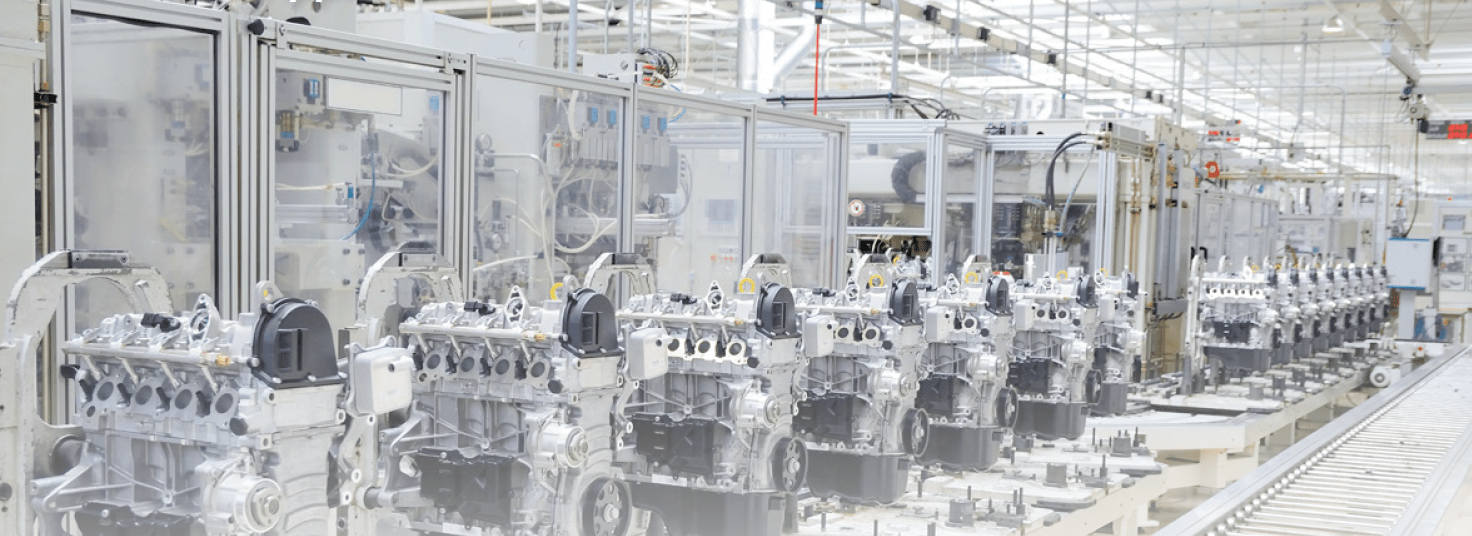
Introduction
OEE is a ratio that consists of Availability, Performance and Quality. The majority of enterprises believe that the OEE is the gold standard for measuring manufacturing productivity, and that they can solve any problem related to low overall efficiency of the main production machine through data acquisition, time analysis, and data optimization, which can maximize time benefits and reduce production costs.
The formula for OEE is:
OEE = A(Availability) x P(Performance) x Q(Quality)

The application of OEE in manufacturing can be simply summarized as “machine management“. Moreover, the main concern of the manufacturing industry is cost, and the most obvious cost to the factory is electricity consumption. Consequently, if a mechanical device is operating for an entire day, the methods of monitoring the actual usage time and the acquisition of the actual power consumption by the machine are the most critical issues.
In the modern industrial society, devices installed in the factory may contain a recording function, but there was no networking function. Nowadays, these products have both a recording function and an instant alarm, which can be used to notify the administrator of the machine about the situation through real-time monitoring. Consequently, the data logging and networking functions as part of the Industrial Internet of Things (IIoT) have become the best tools for optimizing OEE.
Additionally, OEE is an essential indicator of the overall performance of a device, allowing managers to understand the state of the system while it is in operation, and to maximize the time benefits of the device.
Each production device has its own theoretical maximum production capacity. However, the only way to achieve this capacity is to operate the machine without any interference or loss in quality.
How does OEE affect us?
A factory manager has to control and to monitor the production operations of the entire plant. For example, equipment maintenance, the productivity of the device operator, and the operational process settings for the machine, etc., as well as closely monitoring key production metrics. By continuously analyzing this data, the factory manager is able to identify and solve any production problems before they become a significant issue.
However, in modern society, the labor costs associated with using the entire workforce to perform all of the tasks described above will be excessive.
This is the reason why topics associated with data acquisition tools in combination with the IIoT have recently become critical.
System architecture, mode of operation and device description
The following is a description of the architecture for the entire OEE Demo Kit.
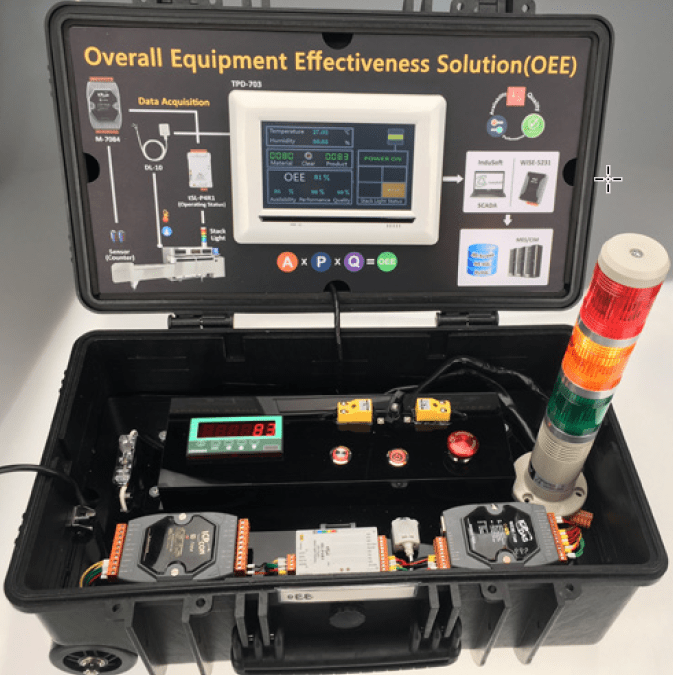
The ICP DAS solution consists of several major categories, including the sensor, concentrator, converter, controller, and HMI (Human machine interface), etc.
The M-7084 is a module that receives digital signal data from the multiple sensors that are used for counting, frequency, and motion measurement, etc. A DL-10 module is then used to perform the acquisition of data related to humidity and temperature. Additionally, the temperature module can also refer to an M-7018Z module that contains a thermocouple temperature sensor, an M-7015P module that was a Resistance Temperature Detector sensor, and an M-7005 module that includes a thermistor temperature sensor.
We can then use a tSL-P4R1 module to manage the status of the machine to reduce downtime and production costs. This module can monitor the output of the machine indicator without affecting the operation of the device, thereby allowing the current operating phase of the machine to be genuinely controlled and achieve production goals.
The tSL-P4R1 module can also easily monitor the status of the three-color lamps on the MES through a SCADA system, thereby increasing machine utilization and production volume.
Installing a WISE-5231 module allows you to efficiently complete the logic programming, significantly reducing the costs of the resources required in system development.
The output from the items described above can be displayed on a central monitoring system using the ICP DAS graphics control software, InduSoft.
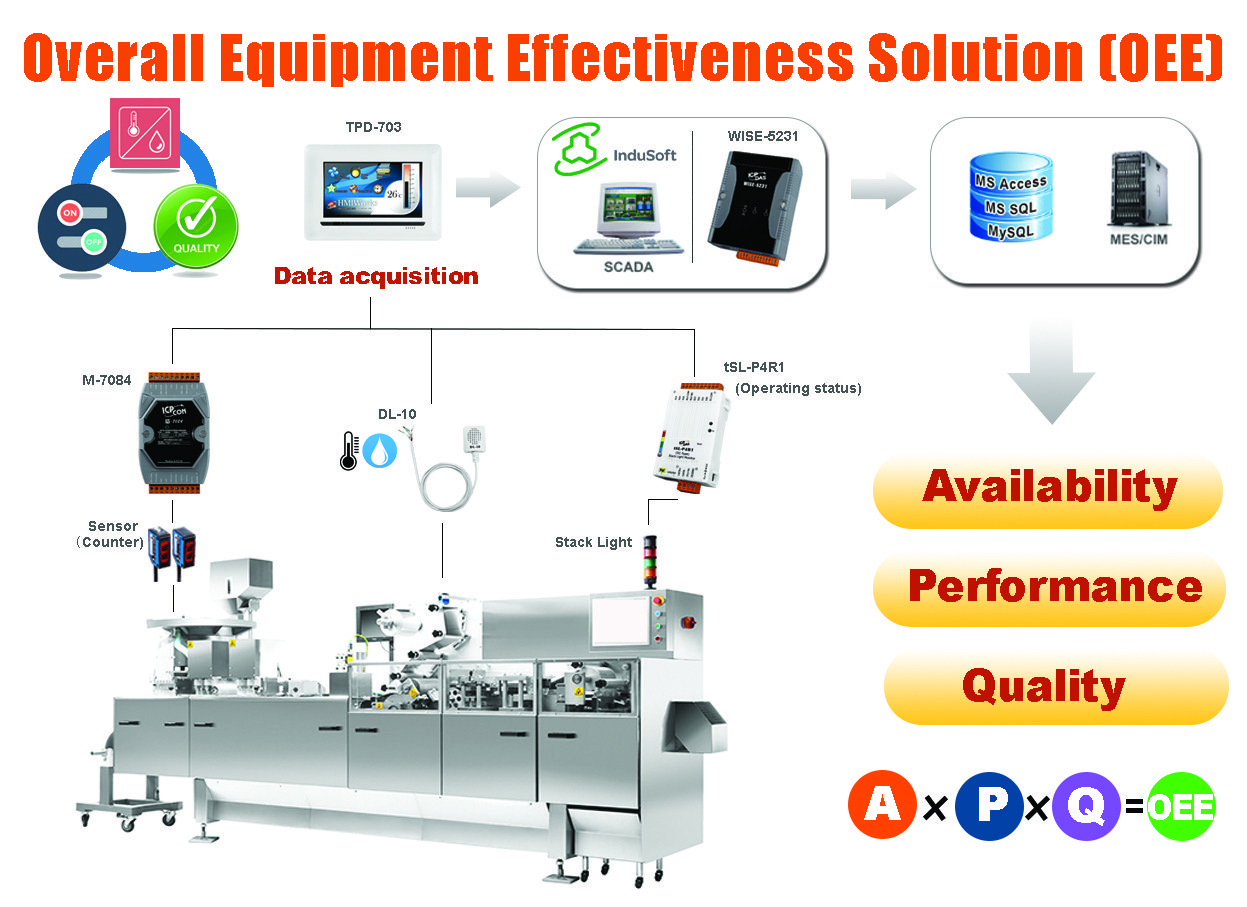
Field of Application
Device Monitoring System
When creating the device monitoring system, the diversified I/O modules offered by WISE allows you to choose more suitable hardware. In the event of an emergency, an email or SMS instant message can be sent to the manager through WISE, which can then order an IP Camera to perform instant image recording and transmission via a CGI command to confirm the condition of the facility, reducing the possibility of disasters occurring. With WISE, you can save a substantial amount of time and cost in the development of the system.
Factory Management System
Generally, managing the production line to increase production capacity and reduce inventory are the key elements to the profitability of a factory. Therefore, many automation management solutions are constantly being proposed and applied in this field. By implementing the diverse WISE controllers and I/O modules from ICP DAS, system developers can flexibly establish stand-alone logic and multi-machine advanced P2P linkage functions, while seamlessly connecting with the plant management system to reduce development costs.
Actual Case
There are numerous examples of field operation using OEE as the production management reference data, which is demonstrated in the following.
For example, monitoring the operational status of the three-color lamp on the production machine can acquire data related to the availability of the machine. A related sensor can then be installed to obtain the data related to the production quantity, the motor rotation speed, the power consumption of the machine, and the machine temperature parameters, etc.
Consequently, the operational status can be analyzed from the acquired data combined with the machine use authorization, management data, and on-site images, meaning that the factory manager can refer to the results in order to perform production management based on the measurements through OEE.
Equipment Maintenance
Modern factories mostly use automated equipment, but maintenance of traditional equipment still needs to be performed by maintenance personnel when replacing worn or damaged parts on the machine, as well as completing replacement records on the maintenance card.
In this case, however, the maintenance card is deposited in the general affairs unit, so it is difficult for the machine operator or the factory manager to know what parts have been replaced, and it is more difficult to know if the maintenance personnel have replaced those parts unless a relevant staff member goes to the general affairs unit to verify the accuracy of the maintenance card. Consequently, if an error occurs, it is often quite difficult to efficiently determine the cause directly.
For example, if the single-day process planning for a machine covers eight hours per shift, and there are three-shifts each day, it is quite difficult to determine who used the machine that day, and what work was done on the device, without implementing access control and data acquisition procedures.
However, if you install an ACS and a TPD-703 module on the machine, you can clearly identify which staff member was using the machine and record the duration that the device was in use.
Additionally, maintenance personnel can directly log the details of any parts that were replaced during the day to the TPD-703 module once the maintenance is complete, thereby uploading the data to the system. In this way, the manager can clearly understand the status of each machine.
As a result, both the formulation and the manufacturing process can be directly displayed on the interface, and the machine operator can confirm the formulation, proportion, quantity and the production program by viewing the display, which can help to intuitively reduce the occurrence of operational errors.
Additionally, the WISE-5231 controller is coupled with the instant notification function that transmits a message via LINE. In the event of an operational error with the machine, a message can immediately be sent to a mobile device to notify the administrator that there is an on-site situation that needs to be dealt with.
Finally, the front-end production data, manufacturing processes, production reports, and abnormal alarm information can be integrated into the SCADA system through the InduSoft graphics control software.
Through the exchange of database information, combined with the back-end MES and ERP systems that can be used to analyze critical data and understand real-time information, product quality can be significantly improved while ensuring the reliability of the equipment.
Related Products
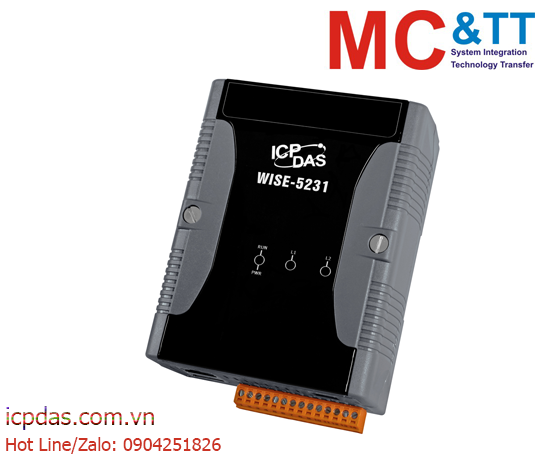 |
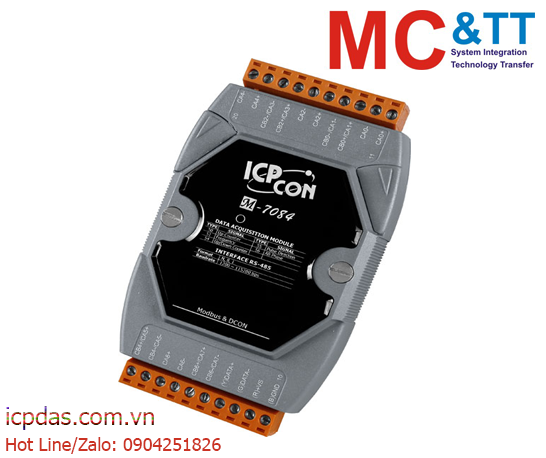 |
 |
 |
 |
